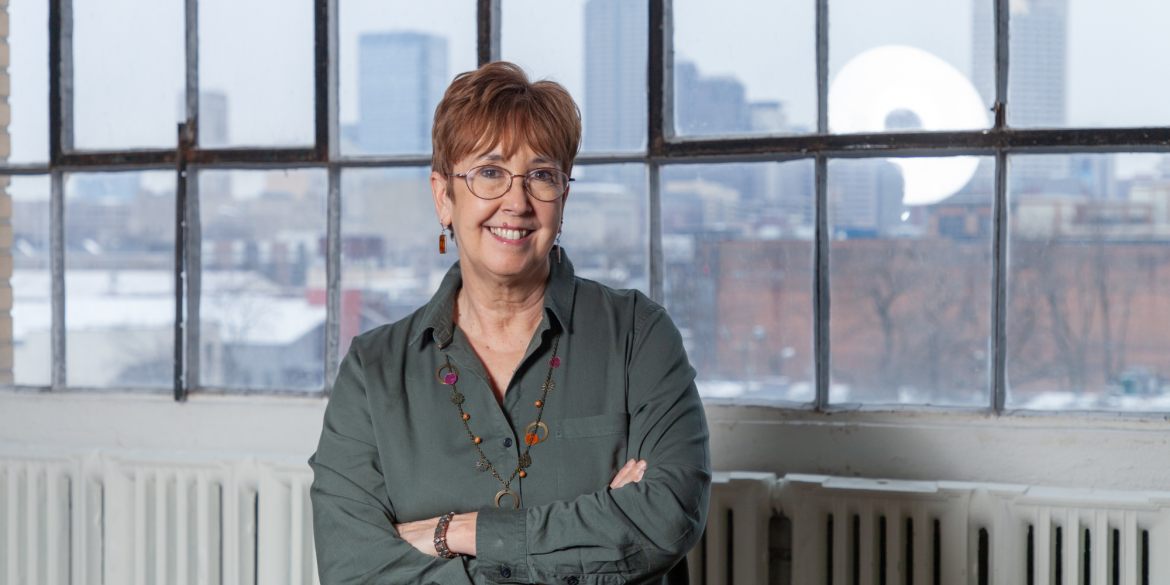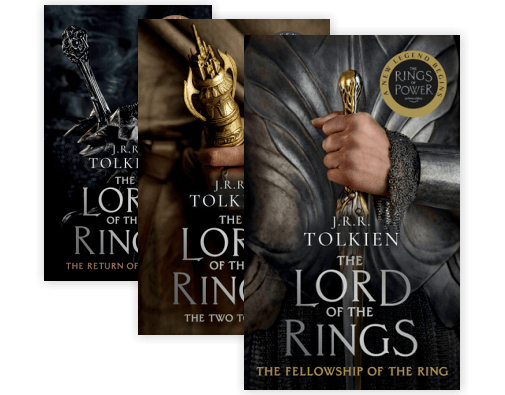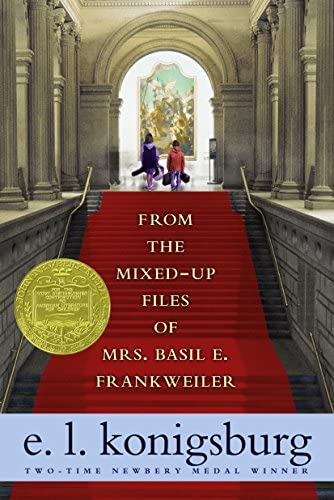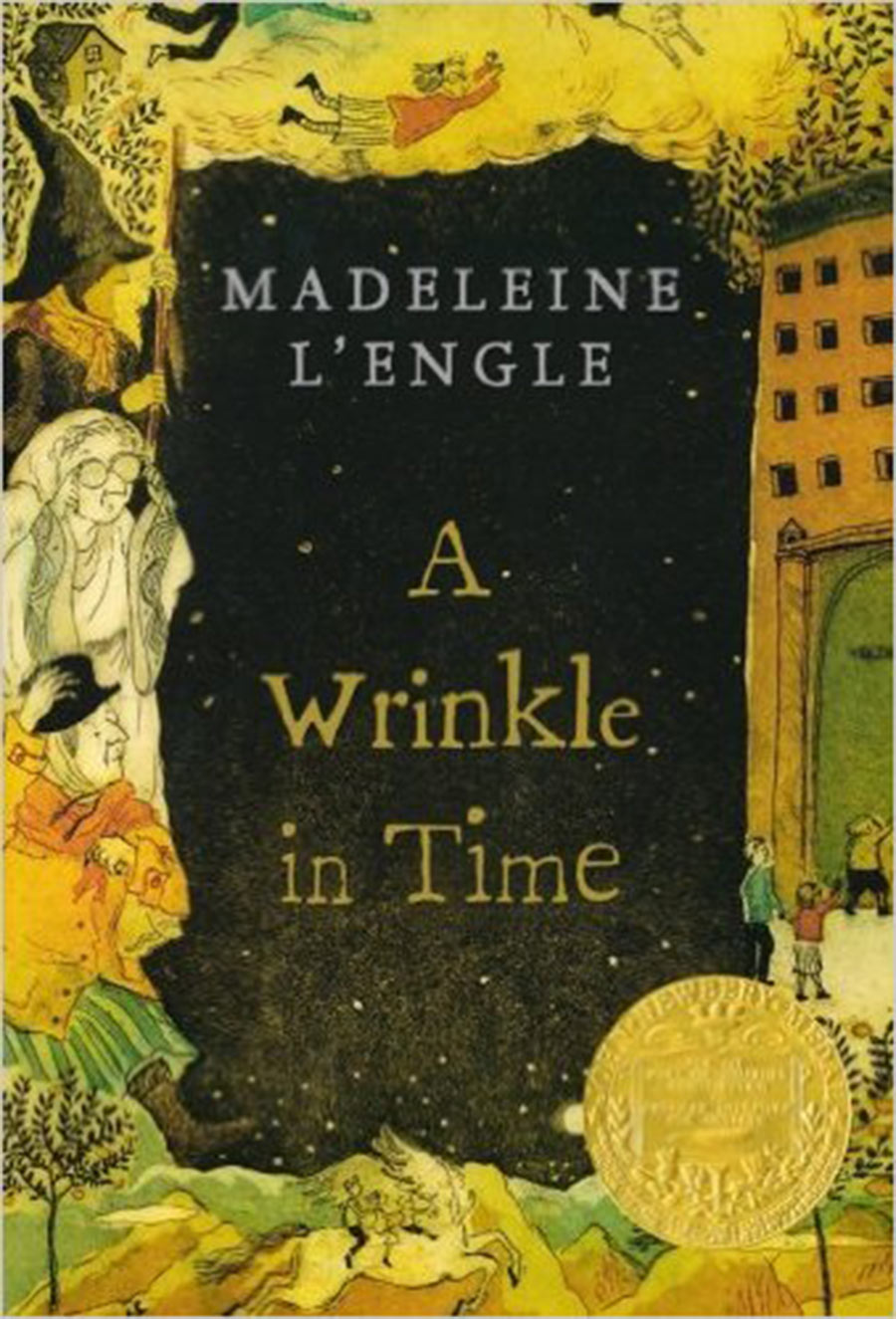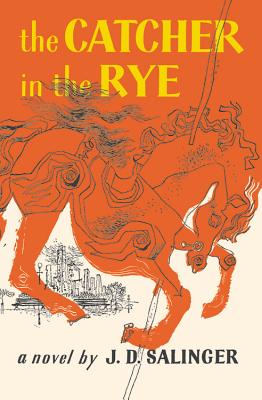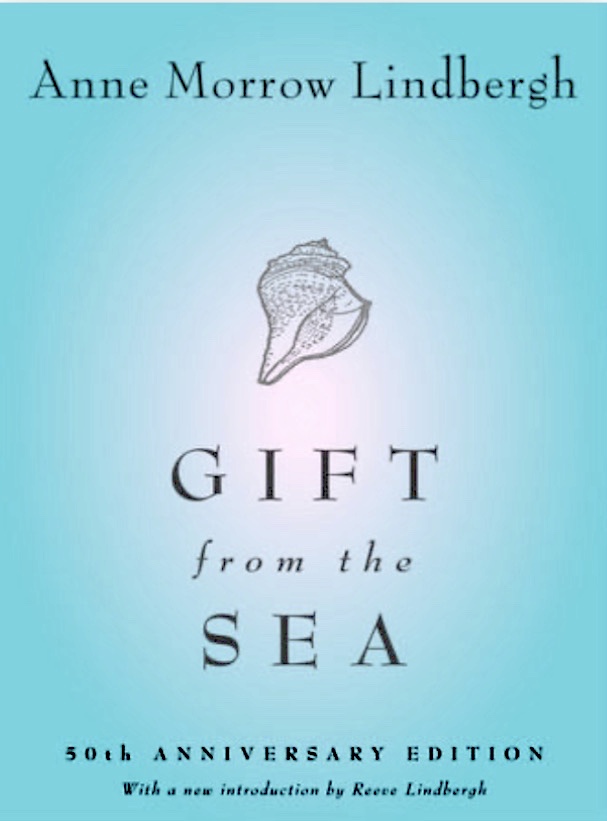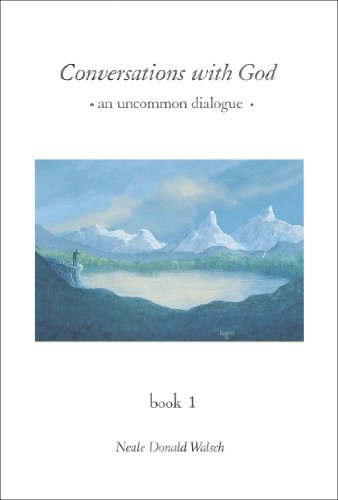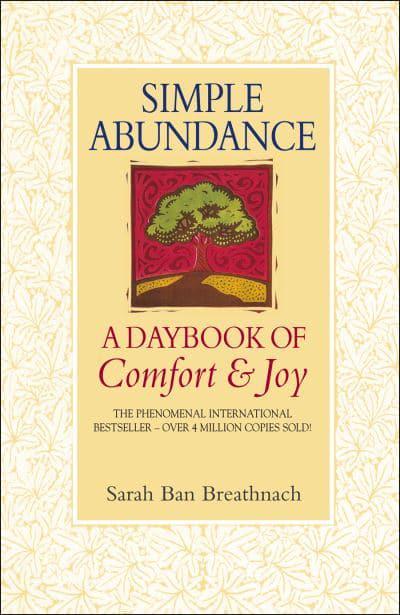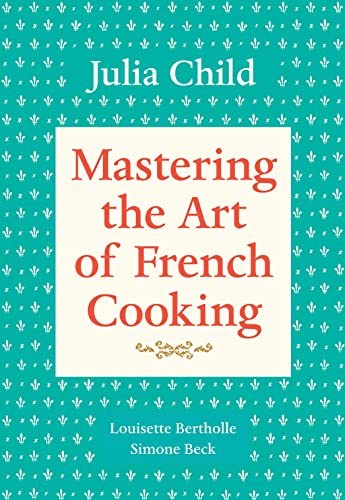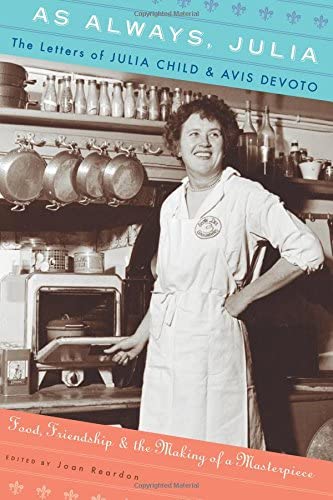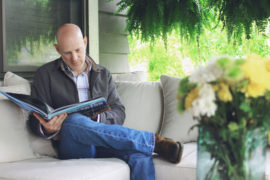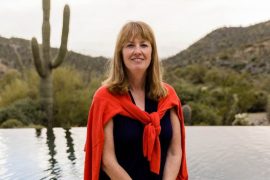For November’s PATTERN Reads, we had Jolene Ketzenberger—an Indy-based writer, cook, and consultant—share her favorite books with us.
Ketzenberger has been a go-to source on all things Indy food for years, whether she’s sharing restaurant news on Culinary Crossroads‘ Indy Now TV segment or posting on Eat Drink Indy. She’s also the co-founder of Fishers Test Kitchen, a restaurant accelerator and food hall. For this month’s book list, Ketzenberger curated ten titles she said all impacted her in some way:
“I realized that the ones that stayed with me since I was a kid all include outsiders trying to find their way in a challenging world. And yet, they’re all hopeful books. In fact, hope and inspiration seem to be the threads that ties the whole list together.”
Check out the list below to see Ketzenberger’s favorites!
The Lord of the Rings Trilogy by J.R.R. Tolkien
I’ll count this as one book, since there’s no way I could just read one or read them out of order. I’ve been a Tolkien geek since high school, when my best friend and I would pass notes written in elvish runes. As an adult, I’ve read the LOTR trilogy over and over, and The Hobbit too—several times just during the pandemic. And I get more out of the books each time, especially when I dig into the appendices at the end of The Return of the King or when I tackle The Silmarillion.
I’m just in awe of Tolkien’s world-building, his love of languages, and the complex characters he created. Eowyn is one of my favorites. And the maps—I do love maps. I’m a fan of the Peter Jackson movies as well, especially the extended versions, and will happily spend a whole day watching all three (even if they do leave out Tom Bombadil). And I’ve been enjoying the new Rings of Power series too.
A Tree Grows in Brooklyn by Betty Smith
I got this in a Scholastic book order in grade school, but it’s not really a kids’ book. In fact, I gave a copy to my mom once for Christmas. And while it’s about a young girl growing up in the Brooklyn tenements of the early 1900s, I could relate to protagonist Francie, who finds solace in reading and writing, an escape from the ugliness of poverty. And while my working-class family wasn’t poor, I was definitely aware that we didn’t live in as nice a house or have as much money as some of my friends. Francie’s father was an alcoholic, something else that we had in common.
Even though the book is very sad in places—it doesn’t shy away from death and the dark sides of human nature—it is also quite hopeful.
One little passage stuck with me and guided, in a small way, what I taught my own kids. The mom, who is 18, expecting her first child and barely scraping by, asks her own mother what to teach her children. Her mother, who can’t read herself, tells her to read to them, and to tell them stories of “fairies, elves, dwarfs and such…and you must not forget the Kris Kringle.” Her daughter asks about the hypocrisy of telling children about Santa Claus when you know it isn’t true. And her mother says that the stories will help develop an imagination, and that to first believe and then later to find out the truth for yourself is good too. I’ve kept this in mind my whole life.
From the Mixed-Up Files of Mrs. Basil E. Frankweiler by E.L. Konigsburg
This is another that I got in a Scholastic book order in grade school, which put me right about the same age as the book’s protagonists, but I could only wish that I were brave enough to have an adventure like they do. Feeling unappreciated, 12-year-old Claudia and her little brother run away from home and go live in the Metropolitan Museum of Art in New York City. Claudia has everything planned out, down to how they’ll pack their clothes in their music instrument cases and, when the museum is closing, how they’ll hide in restrooms to avoid security guards. As a planner myself, I loved her attention to detail (and as a writer, I appreciated her obsession with proper grammar).
While successfully staying at the museum, they stumble upon a mystery about a little statue and whether it really is by Michelangelo. They do eventually go home, of course, but Claudia wants to go home different, and that is what has stuck with me over the years. Her little brother says, well, you could take this route instead and go home different. But she doesn’t want to go home different-ly; she wants to go home different. And after meeting Mrs. Basil E. Frankweiler and learning about the statue, Claudia has a secret and finally feels different. And that’s what travel and adventures do and why they’re so important—they change you. They allow you to go home different.
A Wrinkle in Time by Madeleine L’Engle
The time travel concept central to this book is one that I’ve expected to see become reality, as it sounds so plausible. I recently reread A Wrinkle in Time, and, even more than the believability of time travel, I was struck with its theme of love—the love between the parents, the love the parents have for their children, the love between the siblings and friends and between the characters who are fighting against the force of darkness.
One scene that has stayed with me ever since I first read the book is when a minor character, an alien on another planet who doesn’t see with eyes, asks the main character, Meg, to tell her what something is like rather than what it looks like. As a writer, I’ve always tried to keep that in mind.
Catcher in the Rye by J.D. Salinger
This was the first book that really spoke to me as a teenager. And even though it was written in the 1940s, I didn’t realize that as I was reading it, as it still seemed relevant to me in the late 1970s. And I think it was still relevant when I gave a copy to my oldest son, a copy that eventually got handed off to his siblings. Everyone knows the story; Holden Caulfield is an angsty teenager who gets kicked out of prep school and spends several days in New York City avoiding going home and who, as the reader figures out, has had a nervous breakdown and ended up in a hospital. But it wasn’t the actual plot that engaged me so much as the voice. Here was a book that spoke to me, in first person, from a character who was smart and flawed and angry and sad—and so believable.
Gift From the Sea by Anne Morrow Lindbergh
Again, it’s kind of odd to read a book and not be aware just how far in the past it was written—or that it was written by someone famous for something else. But that’s what happened when I first read Gift from the Sea back in the mid-1990s. The book is a series of essays by author and aviator Anne Morrow Lindbergh about relationships and the challenges women face throughout the different stages of life. During a few weeks alone at a beach cottage, the author compares the shells she finds to those life stages. As someone who spent many years at home with kids and who has also managed to spend some time alone at a favorite beach, I could relate.
Of course, the writing does sound a bit formal and dated, but it wasn’t until I finished it that I realized it had been written in the early ‘50s and that the author had gone through such tragedy—her husband was the famous pilot Charles Lindbergh and their first child was the “Lindbergh baby” that was kidnapped and murdered in 1932.
Conversations with God: An Uncommon Dialogue by Neale Donald Walsch
Sometimes books come to you when you’re ready for them. This book was first recommended to me more than 25 years ago by my best friend at the time, who was doing some pretty intense spiritual searching. When she told me about its premise—that the author had had what he felt were real conversations with God during which he sort of took dictation and wrote down his questions and God’s answers—well, I said something disparaging like, “Yeah, sure he did. He talks to God, and God answers his questions. Right.” She tried to explain, but I was too busy being snarky and dismissive to listen.
My friend died in 1997. Fast forward 20-some years, and during the pandemic, I had the opportunity to work with a career coach (shout out to Ashley Brooks of Indy Women in Food for arranging it). We were talking about trying to approach situations from a place of love rather than fear, and she recommended a book she had recently read called Conversations with God. I didn’t connect the book with my friend until I actually read it. And then, as I read certain passages, I remembered her trying to explain the concepts to me and how dismissive I’d been. I’ve reread it several times since then and, theology aside, I find it tremendously helpful, especially when considering how important our thoughts and words are in creating our reality. I wonder if my outlook would’ve been different if I’d been open to it years ago.
Simple Abundance: A Daybook of Comfort and Joy by Sarah Ban Breathnach
This is another book that came to me via my friend who died in 1997. I guess in writing this list, I realize what an impact she had on me—and still has. I think she would be surprised, because as I mentioned about the previous book on my list, I was a bit dismissive when she recommended this one to me as well. I found the gentle suggestions for finding “comfort and joy” from author Sarah Ban Breathnach to be “so middle class,” as I told my friend, as if arranging a pretty bouquet of flowers or cleaning the kitchen could actually help me somehow. “Well, I am middle class,” she said, and reiterated that she had found it inspiring.
So I kept the copy she lent me, and in the 25 years that my friend has been gone, I’ve turned to Simple Abundance many times, though I don’t think I’ve ever read it straight through a whole year. Starting with Jan. 1, the book offers an essay for each day with a focus on gratitude. The author advises keeping a gratitude journal and, in fact, went on to also write The Simple Abundance Gratitude Journal. She also went on to live an extravagant lifestyle that eventually left her broke. But I also find that part of her story inspiring as well, as she has rebuilt her life and continues to write. An updated version—Simple Abundance for the 21st Century—came out a few years ago.
Mastering the Art of French Cooking by Julia Child, Louisette Bertholle & Simone Beck
My work as a freelance writer took a turn toward food in the mid-90s when I began as the restaurant critic for NUVO, and I’ve loved where it’s taken me. Recipe development, lots of newspaper reporting, a cookbook, radio and TV segments. And among all the famous food writers, chefs, and TV personalities that are out there to provide inspiration, I have found Julia Child the most inspiring, mostly because she was a regular person who came to cooking later in life and embraced it with such enthusiasm.
Mastering the Art of French Cooking is such a highly regarded cookbook, and Julia Child such a well-known figure, that I don’t know what I can add, other than I love them. So many of us have seen the movies and the new TV series, that we feel like Julia is our friend. Blogger Julie Powell, who famously cooked through the entire book and wrote Julie & Julia, certainly did. I just find the cookbook—and Julia herself—an inspiration. As someone who occasionally cooks on TV, I have so enjoyed watching the original episodes of The French Chef on PBS, the new Julia series on HBO Max and reading and cooking from MtAoFC. While the boeuf bourguignon recipe may be the most famous (and is definitely one of my favorites), there are so many delicious dishes that I can always find something wonderful.
As Always, Julia: the Letters of Julia Child and Avis DeVoto (Edited by Joan Reardon)
This goes along with the previous entry, as it chronicles the nearly 10 years it took to create Mastering the Art of French Cooking, from the early 1950s to the early ‘60s. But it’s told through the correspondence of Julia Child and her dear friend, Avis DeVoto, and it provides a window not only to the work it took to create the book, but also into the lives of the women involved. Through their correspondence, you read about the ups and downs of cooking, writing and publishing but also about their everyday lives. And it’s these everyday details that I find fascinating. I don’t think there are many collections of two women’s letters like this, which speaks, of course, to the value placed on women’s lives and work. So I am happy to read through these many, many letters, for the insight not only into the publication of a favorite cookbook, but also into the lives of the women involved.
Want to keep up with Jolene? Follow her on Instagram.

